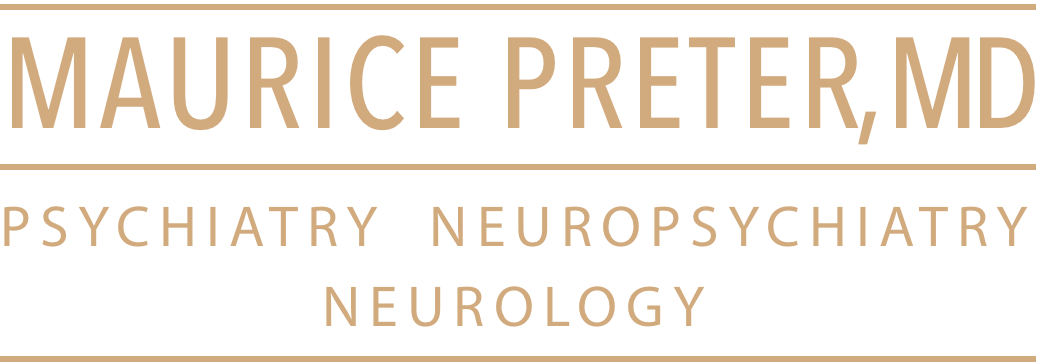Here’s a very detailed summary of the practice advisory update on antiseizure medication (ASM) withdrawal in seizure-free patients:
Objective and Methods
- Update the 1996 American Academy of Neurology practice parameter
- Systematic review of literature published from January 1991 to March 2020
Key Findings
Adults
- Long-term (24-60 months) risk of seizure recurrence:
- Possibly higher among those who taper ASMs vs. those who don’t
- 15% vs. 7% recurrence rate (Class I study)
- Hazard ratio for recurrence: 2.9 (95% CI 1.8-4.6) in one Class III study
Children
- No significant difference in seizure recurrence between:
- Tapering ASMs after 2 years vs. 4 years of seizure freedom
- Tapering at 18 months vs. 24 months (insufficient evidence)
Risk Factors for Seizure Recurrence
- Adults:
- Shorter seizure-free period (2 years vs. longer)
- Abnormal psychiatric examination
- Specific ASMs (valproate, phenobarbitone, primidone, phenytoin)
- Children:
- Epileptiform activity on EEG possibly increases risk
Status Epilepticus
- ASM withdrawal possibly does not increase risk in adults
Quality of Life
- ASM weaning possibly does not change quality of life in seizure-free adults
Mortality
- Insufficient evidence to support or refute changes in mortality risk
Speed of ASM Withdrawal (Children)
- No significant difference in recurrence risk between:
- 25% reduction every 10 days to 2 weeks
- 25% reduction every 2 months
Recommendations
- Clinicians should inform adults who have been seizure-free for 24 months or more that:
- There is a possibility of increased seizure recurrence risk with ASM withdrawal
- Recurrence risk is likely low overall but may double compared to those who continue ASMs
- There is uncertainty about the exact risk increase
- Clinicians should advise children who have been seizure-free for at least 2 years that:
- There is probably no additional risk reduction by waiting 4 years vs. 2 years to withdraw ASMs
- Clinicians should counsel children and caregivers that:
- An epileptiform EEG abnormality may be associated with increased seizure recurrence risk
- Clinicians may advise patients that:
- ASM withdrawal possibly does not increase the risk of status epilepticus (adults)
- ASM withdrawal possibly does not change quality of life (adults)
- When withdrawing ASMs in children, clinicians may consider:
- Using a withdrawal rate of 25% reduction every 10 days to 2 weeks
- Or using a withdrawal rate of 25% reduction every 2 months
Limitations and Considerations
- Limited high-quality evidence for many aspects of ASM withdrawal
- Individualized decision-making is crucial, considering patient preferences and risk factors
- Further research needed on specific electroclinical syndromes and post-epilepsy surgery patients
- EEG type and duration for assessing recurrence risk not specified in studies
This summary provides a comprehensive overview of the key points from the practice advisory update on ASM withdrawal in seizure-free patients.
Source: Gloss et al. 2021

